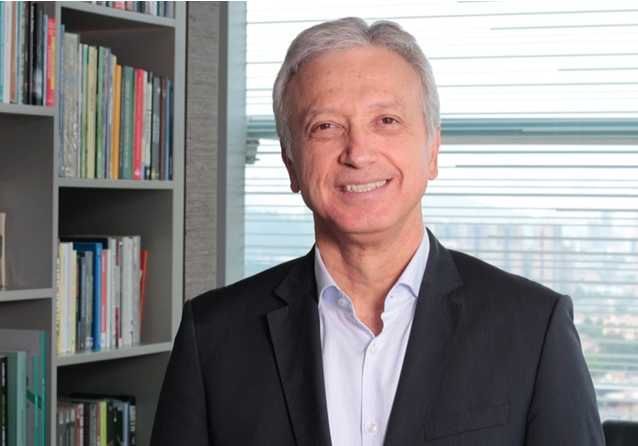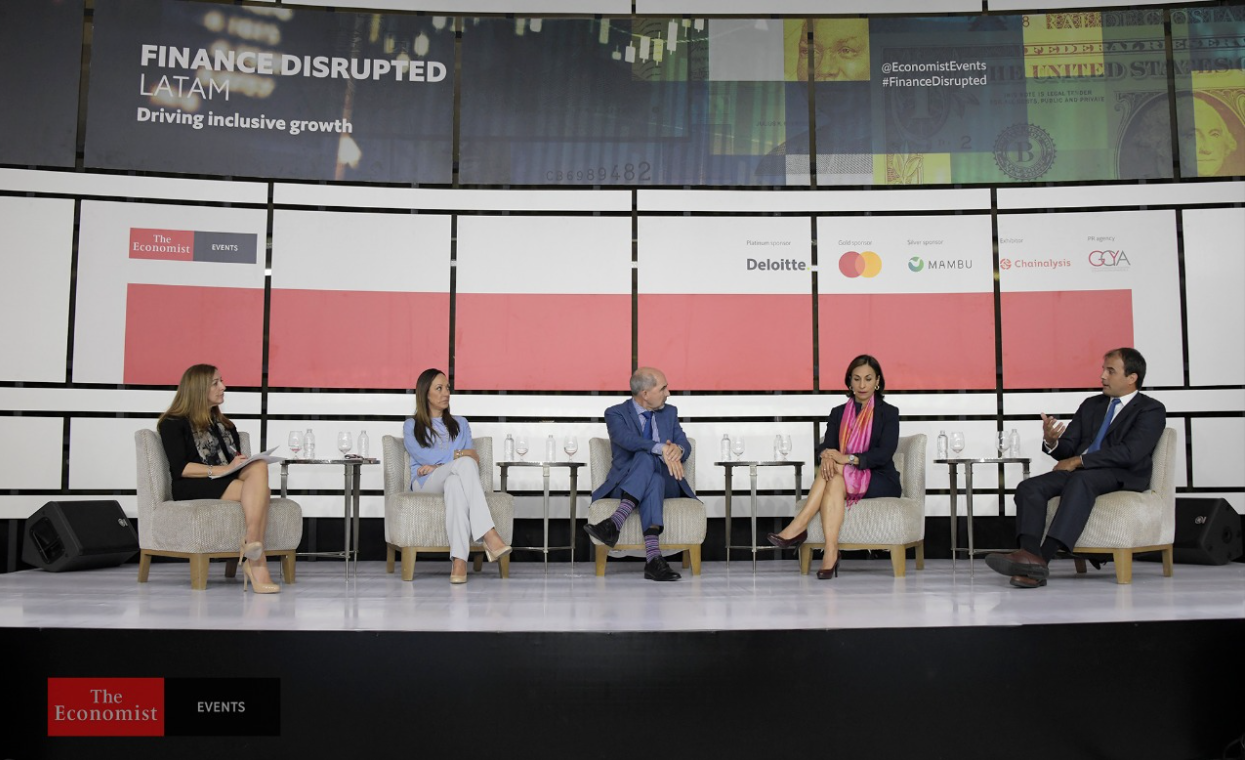Bonos del Tesoro estadounidense: el antigripal del inversor ante la expansión del coronavirus en los mercados
| Por Beatriz Zúñiga | 0 Comentarios

Esta ha sido una semana difícil para los mercados. El miedo a la rápida expansión del coronavirus (COVID-19) ha desencadenado una venta masiva de activos de riesgo y elevado la demanda de activos seguros, principalmente bonos del Tesoro de Estados Unidos y oro.
El alarmismo y el miedo que hay en la población ha contagiado a los mercados. “El principal riesgo actualmente es que la corrección del reciente exceso de confianza del mercado (activos de riesgo en máximos históricos en febrero) y la reacción de los instintos animales puedan provocar una reacción exagerada. A medida que los mercados vuelvan a valorar los efectos indirectos del virus en la economía, es probable que la volatilidad persista”, advierten en el último informe emitido por Amundi Investment Talks.
Estos “instintos animales” han provocado que los inversores se muevan hacia posiciones más seguras y busquen activos refugio. Según explica Charlene Malik, gestor de carteras de TwentyFour AM (boutique de Vontobel AM), “ha habido una tendencia del dinero por buscar seguridad, ya que los inversores buscan protección y como tal, los bonos del Tesoro estadounidense, el último refugio para muchos inversores, han experimentado una importante recuperación. El Treasury a diez años cerró el pasado viernes con un rendimiento del 1,47%, pero desde entonces ha alcanzado mínimos históricos y al situarse en niveles de 1,35% esta semana. Este es un movimiento significativo desde las subidas a principios de año hasta 1,9%, rompiendo todos los niveles de resistencia. El mercado también ha aumentado sus expectativas de recortes en los tipos de interés de la Reserva Federal, y los inversores descuentan ahora dos recortes de tipos de 25 puntos básicos hasta septiembre”.
Una tendencia que también han observan en WisdomTree. “La demanda es tan alta que nos enfrentamos a un momento histórico de nuevos mínimos para el bono del Tesoro a 10 años de EE.UU. con una negociación intradía del 1,30% el 27 de febrero de 2020, superando su anterior mínimo histórico establecido en el verano de 2016. Con estos niveles alcanzados, se puede considerar que la diferencia de rendimiento entre el Tesoro de EE.UU. a dos años y a 10 años es un buen indicador de la salud económica de la economía estadounidense”, explica Lidia Treiber, directora de análisis de WisdomTree.
Otros “antigripales”
Los bonos del Tesoro estadounidense no son los únicos “antigripales” a los que ha recurrido el inversor, el oro y otros activos de renta fija son también una opción en este momento. Por ejemplo desde Amundi Investment Talks señalan: “Nuestras principales convicciones en este momento están en el espacio crediticio, es decir, deuda europea investment grade, y también tenemos una opinión positiva sobre la duración de los bonos del Tesoro de EE. UU. con fines de cobertura. Desde una perspectiva de asignación de activos, nos hemos vuelto más cautos respecto a la renta variable (europea y estadounidense), y nos hemos movido a una postura neutral sobre la renta variable de los mercados emergentes”.
Respecto al oro, las gestoras reconocen que vuelve a ser el activo refugio por excelencia, lo que explica su escalada durante los últimas semanas. Tras haber alcanzado los 1.500 dólares la onza en enero, el oro iniciaba la semana con una fuerte subida que situaba su precio hasta los 1.668 dólares la onza, superando los máximos de hace siete años. Mikhail Sprogis, analista de Goldman Sachs, señalaba en un informe esta semana que el banco de inversión había revisado al alza el precio del oro e indicaba que el precio podría llegar hasta los 1.800 dólares la onza.
Para algunos inversores, la forma de protegerse contra los efectos del coronavirus en sus carteras también pasa por el estilo de inversión, en concreto por la vuelta al value. “Value cíclico frente al growth, especialmente en renta variable europea, renta variable de mercados emergentes con un enfoque en valores nacionales, divisas de mercados emergentes, algunas áreas del mercado de bonos (bonos soberanos de mayor rendimiento como los mercados emergentes e Italia) y mercados crediticios (especialmente, nombres que están experimentando una ampliación del diferencial a pesar de los buenos fundamentales), que debería ser el primero en recuperarse una vez que los riesgos de una mayor escalada del virus hayan disminuido”, apunta el último informe de Amundi Investment Talks sobre cómo convertir este evento del mercado en una oportunidad.
En este sentido, desde Nordea reconocen que las acciones value, como parte de una cartera bien construida, “ofrecen la ventaja de la diversificación y la resistencia” en un contexto como el actual.
Una renta fija saludable
Según el análisis que hace Malik, hay que tener en cuenta que, a veces, en períodos de tensión, el mercado experimenta movimientos de precios muy exagerados en un entorno de vacío de liquidez. “Sin embargo, en la renta fija en este momento todavía vemos volúmenes de negociación saludables: el iTraxx Crossover experimentó este martes el 351% de su volumen de negociación promedio y los flujos en los títulos subordinados de entidades financieras también han sido altos en comparación a los niveles observados a principios de este año”.
En este sentido, el gestor de TwentyFour AM, destaca que el índice iTraxx Crossover (una cesta de 75 CDS de las empresas europeas con mayor liquidez) se ha ampliado en casi 40 puntos porcentuales desde el cierre en 219 puntos porcentuales el viernes hasta 256 el pasado día 26. “Esto es una señal de que los participantes en el mercado están comprando protección. Otros mercados de bonos han reaccionado de manera similar, con la ampliación de 46 puntos básicos (pb) del US High Yield Index asset swaps hasta 375 pb, el European HY Index, que ha aumentado 33 pb a 303 pb, y el Coco Index que actualmente se sitúa en 364 puntos básicos tras alcanzar hace dos semanas los 313 puntos básicos”, añade.









